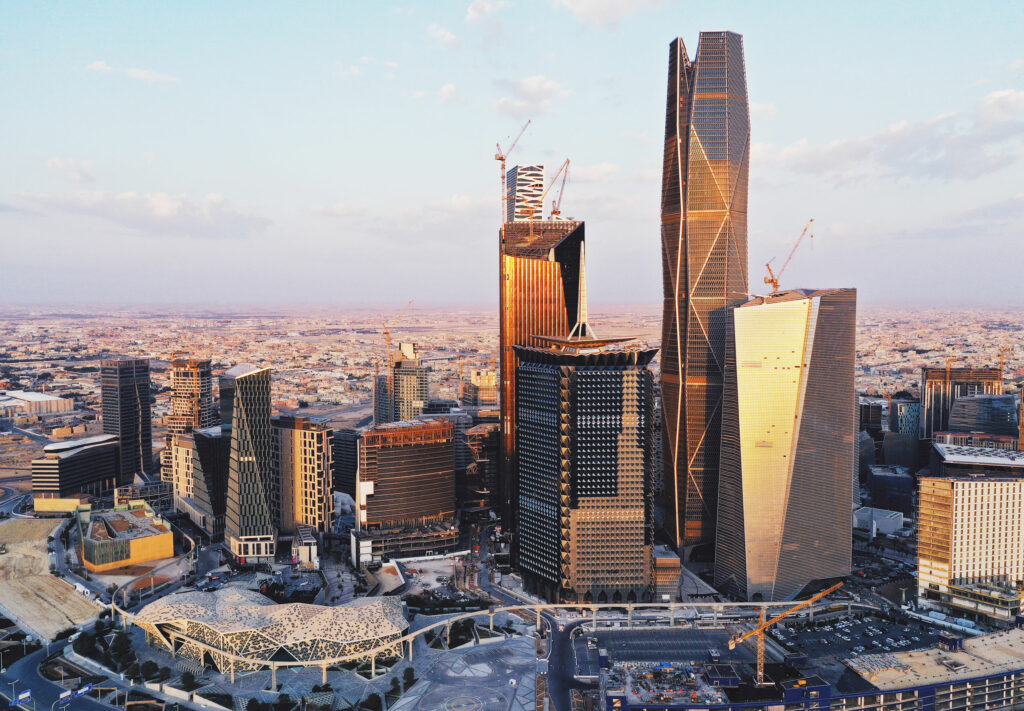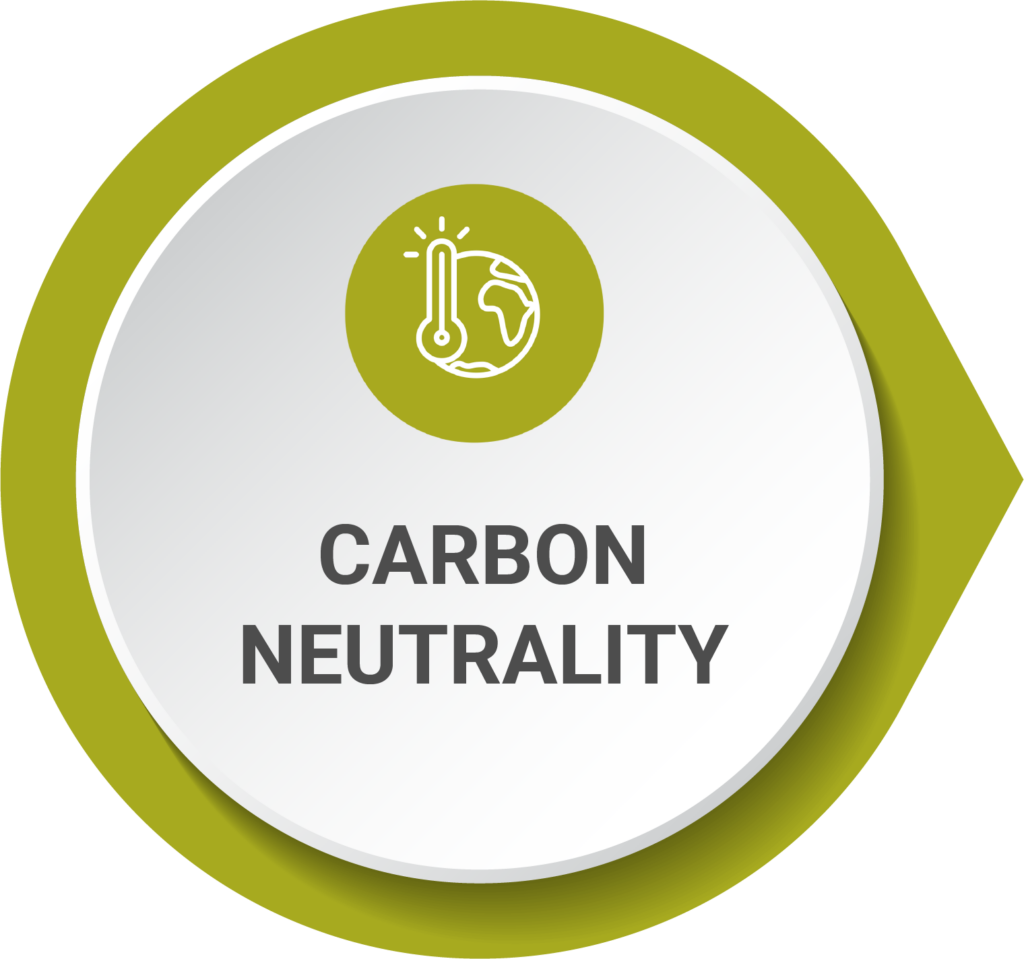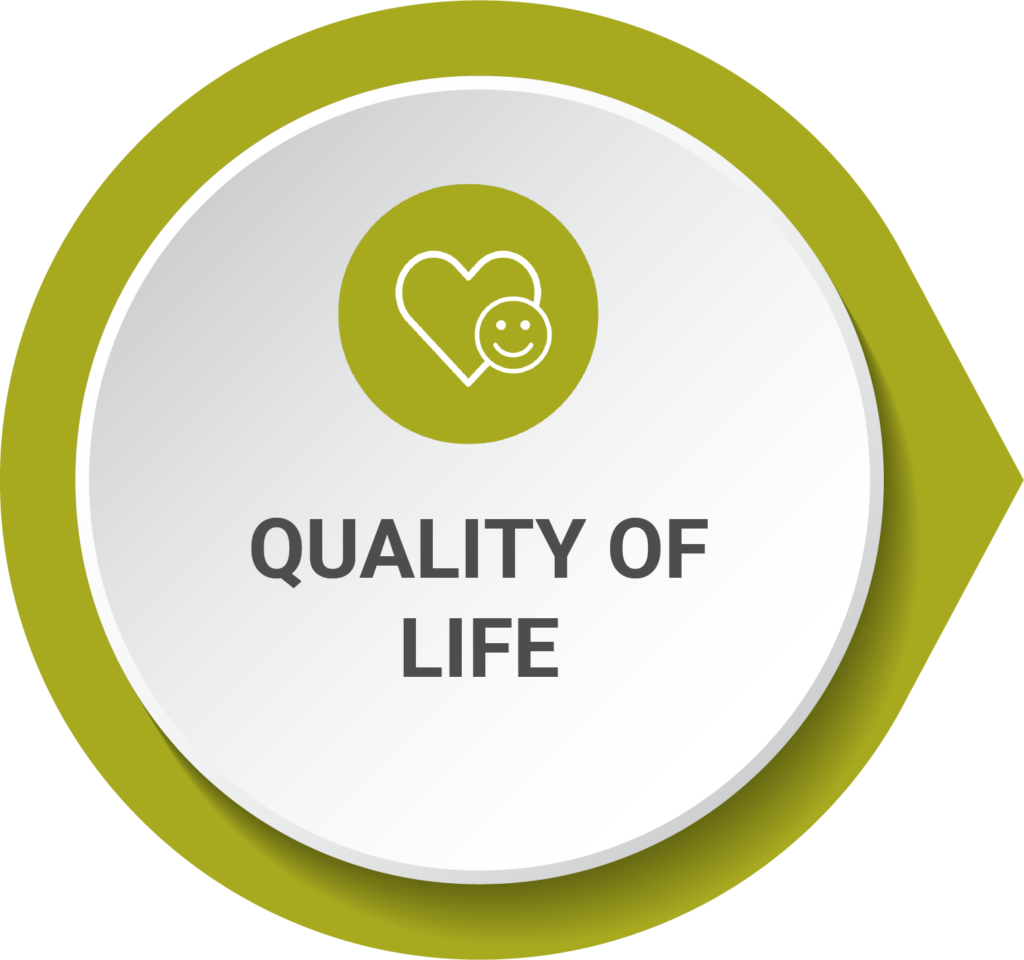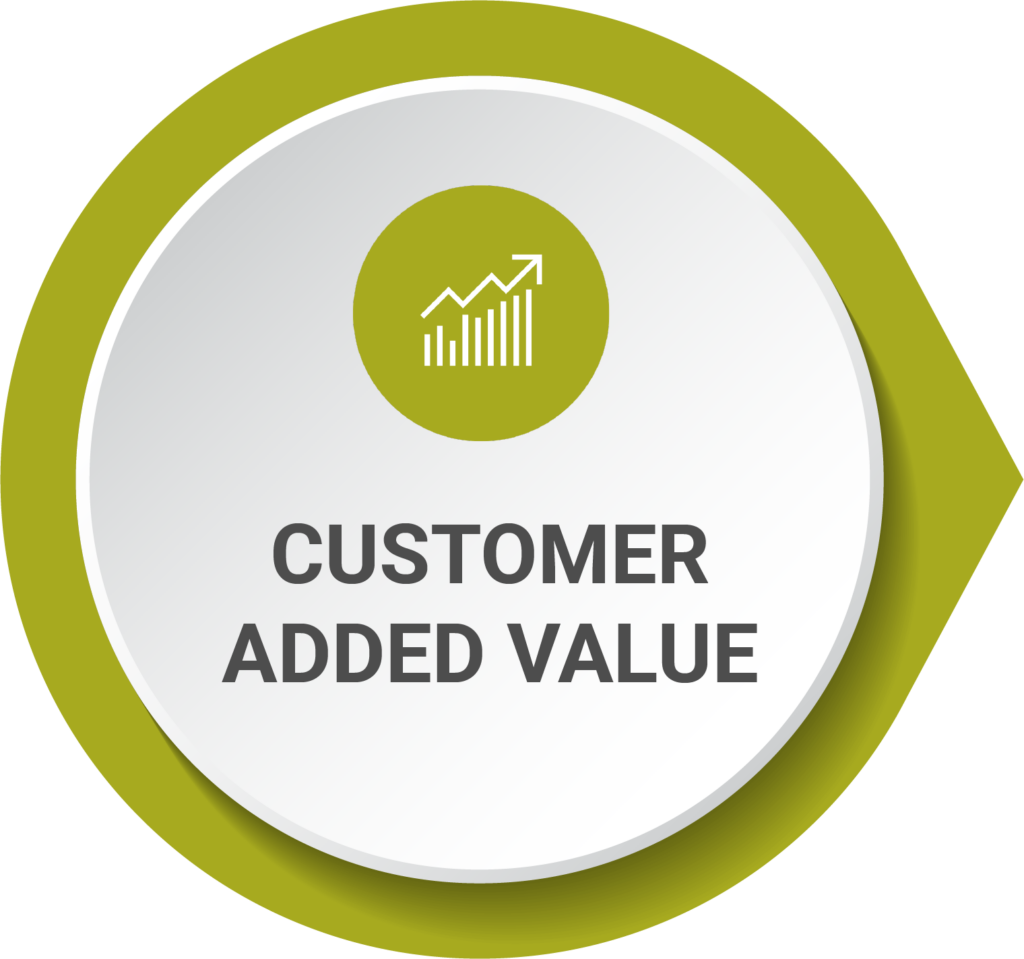The solution creates space for more green areas that can be used for creating parks, walkways, bicycle tracks, and much more. The system also decreases the need for heavy waste collection trucks and reduced carbon emissions by up to 90 %, as the system automatically transports waste outside the living area in a sealed environment.
QUALITY OF LIFE
- Safer streets and more liveable neighbourhoods
Our system reduces traffic and make streets safer for pedestrians and cyclists. It also eliminate odours, and vermin and reduce noise and emissions from traffic. - User friendliness and availability
Systems are designed to ensure that inlets are conveniently located close to where people live, and that residents can deposit their waste 24 hours a day, every day of the week. - Hospital logistics and safety
The system prioritise the safety of hospital staff, patients, and visitors while also cutting costs. The solution for collecting infectious waste from hospitals works well alongside our existing waste and linen collection systems.
First commercial sale of ReFlow made in 2022
Recent studies conducted by Envac’s partner, LocalLife, among a niche focus group have demonstrated that ReFlow can lead to:
- More satisfied users
- Improved sense of doing good
- Makes it easy for users to sort and recycle correctly
- More liveable neighbourhoods
EDITORIAL
SMART MOBILITY TO INCREASE QUALITY OF LIFE IN HIGHLY SATURATED CITIES
The Sweden+Korea Green Transition Alliance and its member companies invited a delegation of South Korean journalists to Sweden to learn more about Swedish sustainability solutions

Envac was represented at the event by Christer Lundberg, Global Sustainability & Quality Lead, who led the talks about smart mobility in a new carbon-neutral society.
With so many people living in densely populated areas, keeping the streets and sidewalks free of litter and debris can be challenging. However, significant improvement in automated waste collection has made the waste collection more efficient, cost-effective, and environmentally friendly. Instead of relying on traditional methods of garbage collection, which involve manual labour and large trucks, automated systems use underground pipes to transport waste directly to a central location. This eliminates the need for street garbage trucks, reducing traffic congestion and air pollution. One of the most significant benefits of automated waste collection is that it is much more hygienic than traditional methods. Garbage trucks can be a breeding ground for bacteria and other harmful pathogens, but with automated systems, the waste is transported underground, away from people and animals. This makes the streets much cleaner and safer for everyone. Another advantage of automated waste collection is that it is more sustainable than traditional methods. By reducing the number of garbage trucks on the road, the city can save on fuel costs and reduce its carbon footprint. Additionally, because the waste is sent directly to a central location, it can be sorted and recycled more efficiently, reducing waste in landfills.
76% of users from customer survey in North Europe prefers automated waste collection system over the traditional waste handling
Case Studies
…one city, one world, one planet at a time
KING ABDULLAH FINANCIAL DISTRICT, SAUDI ARABIA
The King Abdullah Financial District (KAFD) is a 1.6 million square meter mixed-use neighbourhood with a strong sustainability profile that is being developed in Riyadh, Saudi Arabia.
- Four separate Envac systems with a total of 160 waste inlets, 16 public litter bins and 21 km of piping will collect an estimated 140 tonnes of waste in two fractions – general and recyclable.
- The system will be equipped with Envac’s Automation Platform (EAP), which is proven to reduce energy consumption by up to 50%.
- The project is aiming to become the largest Leadership in Energy and Environmental Design (LEED) Platinum certified neighbourhood in the world.



YANTAI HAMMARBY ECO CITY, YANTAI CHINA
An ecological smart city built on an area of 880,000 square meters based on the global eco-city model of the Hammarby lake city project in Stockholm.
- The Envac system has 64 inlets and 2.5 km of piping that collects waste from over 5,000 apartments.
- It is estimated to reduce waste collection traffic and the related emissions by 90% and has contributed towards the sustainability aspirations of the residential neighbourhood to promote healthy and green lifestyles.
- With 46% of green space in the residential area, there are watersaving devices such as humidity and raindrop sensors in use for landscaping.


MAROOCHYDORE, SUNSHINE COAST, AUSTRALIA
The Envac system in Maroochydore, the Sunshine Coast, 100 km north of Brisbane, is the first automated waste collection system in the country.
- Downtown Maroochydore has been redeveloped and designed for pedestrians, cyclists and public transport, which means that a conventional waste collection system with trucks were not a viable solution.
- The Envac system avoids the need for heavy trucks in the city centre to promote road safety, and reduce traffic emissions and noise.
- Public litter bins, for general waste and recyclables, are cleared every day without rubbish trucks. The system is hermetically closed, which eliminates odour and vermin.


Children’s Healthcare of Atlanta, USA
Consistently ranked among the top children’s hospitals by U.S. News & World Report, the hospital provides access to 2,000 pediatric physicians and allied health practitioners across more than 60 pediatric programs.
- Containment and quick removal of waste improve the hospital’s aesthetic providing a comfortable and clean healthcare environment.
- Waste in an enclosed system vs. hallways and elevators significantly reduces the risk of hospital-acquired infection.
- Reduced staff movement in busy hallways and elevators.
- Readily available load stations will significantly increase the recyclables capture rate.

